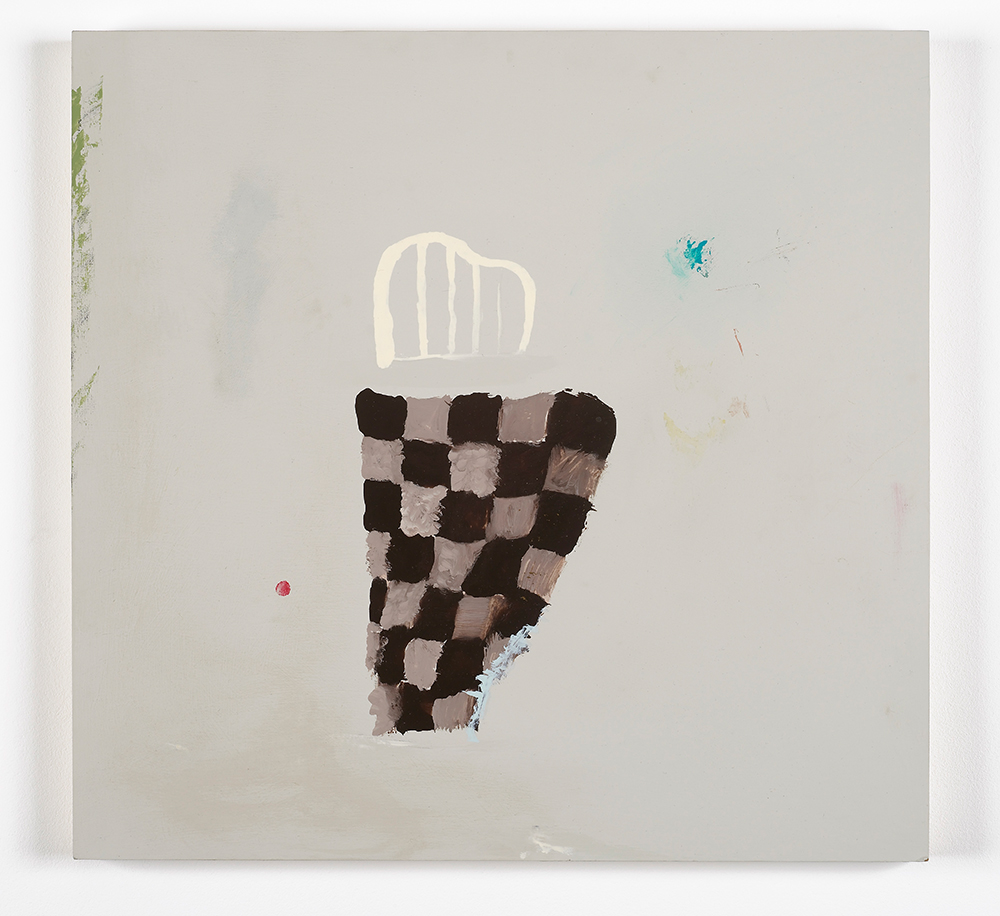A stain is not dirty. A stain is clean – it is what remains after the dirt has been washed out, or otherwise removed. We can – and do – live with stains. Dirt, on the other hand, is invasive, out of control, threatening even, and modern chemistry has developed an arsenal of substances designed to keep it at bay. Cultural histories of domestic hygiene – charted in books with titles such as ‘Chasing Dirt’ and ‘The Dirt on Clean’ – are not much concerned with stains, however. Stains do not smell, they are not contagious, and they will not pollute air or water that comes into contact with them. They are stabilized, safe, and tolerable. You can’t always see whether something is dirty or not, but a stain is, by definition, always visible.
There is something reassuring about the indelibility of a stain. It is an index of an event that refuses to budge, a memory that promises to hold fast until we choose to discard it, along with the surface it’s anchored in. It is also something personal; a stain belongs, by and large, in private and indoors. Out in the world – in the street, or in nature – it disappears into the general hubbub of competing histories, and other people’s lives. A stain is often established by the effort to remove it; in public spaces, such conscientiousness is rarer than in the home (although examples might include half-cleaned areas of graffiti, or ineffectively deleted road markings). In other cases, outdoor stains occur when one substance bleeds into another – a rusty streak from ironwork in a concrete wall, for instance. However, it is in our homes, the spaces most shaped by the physical presence of their inhabitants, that stains build and work in concert to tell stories of novelistic complexity.
Why, then, do most of us naturally feel compelled towards erasure? As quickly as marks build up on the palimpsests of our clothes, our domestic surfaces or even our skins, we find ways of removing them. Only once all options have been tried – salt, vinegar, solvents, whatever – do we accept them into our lives. Perhaps there is something embarrassing about a stain; it advertises a private act, or accident, to the wide world. It can be an unwelcome reminder of an event we’d rather forget. It is also an assault on newness – both the fundamental value of progressive possibility and the principal reward of Capitalism. It is as if the promise of an eternal, gleaming present defies the heavy acknowledgment that the past will never leave us. Jacques Derrida, a man who fretted at length about the meaning of different types of mark, wrote that ‘An unerasable trace is not a trace, it is a full presence, an immobile and uncorruptible substance’.
Edith and Edith Beale, subjects of the 1975 documentary Grey Gardens, found ways to live with stains. Throughout the film the bickering mother and daughter, shacked up together in a dilapidated East Hampton mansion, pick and scratch at the disappointments of their lives. ‘It’s very difficult to keep the line between the past and the present…’ says ‘Little Edie’ at one point. ‘Awfully difficult.’ They both know, however, that the sore spots they fuss over are deep, irremovable stains, not cosmetic blemishes. It is probably the awful weight of this knowledge that provides the ballast for their frail and creaking ship; it is the constant stability that enables them to sail grimly on together.
Audrey Reynolds puts onto surfaces marks with widely varying degrees of permanence and tenacity. There are the dappled patches and finger-smears of Plasticine, insistently vulnerable to knocks and scratches. Elsewhere, stuck-on bits and pieces from Reynolds’ day-to-day existence – a ribbon bow here, a scrap of paper there – could easily be snapped or torn from their support. Oil paint, on the other hand, was developed with longevity in mind; when she uses it in gutsy splashes or grazed islands of colour, the hard dried paint takes root firmly. Most indelible of all, however, are the ghostly areas of rubbed-in (or rubbed-out) paint, the traces of previous occupants or retracted suggestions. These weightless, ingrained memories are not going anywhere.
Perhaps Jacques Lacan was closest to the mark when he characterized the stain as a blot, a blind spot or a lack – the thing that gets in the way of vision. But crucially, he insisted, it’s not truly other (as in ‘The Big Other’, designated in the Lacanian algebraic system with a capital A) but an example of the ‘objet (petit) a’ – the little other, the other that is in fact a projection of the ego, though separated from the body. Stains are us; they stand for our frailty and our strength; our pasts and our futures; our endurance and our brittle mortality. Keeping a few around as reminders of this is a healthy – and necessary – thing.
Jonathan Griffin









